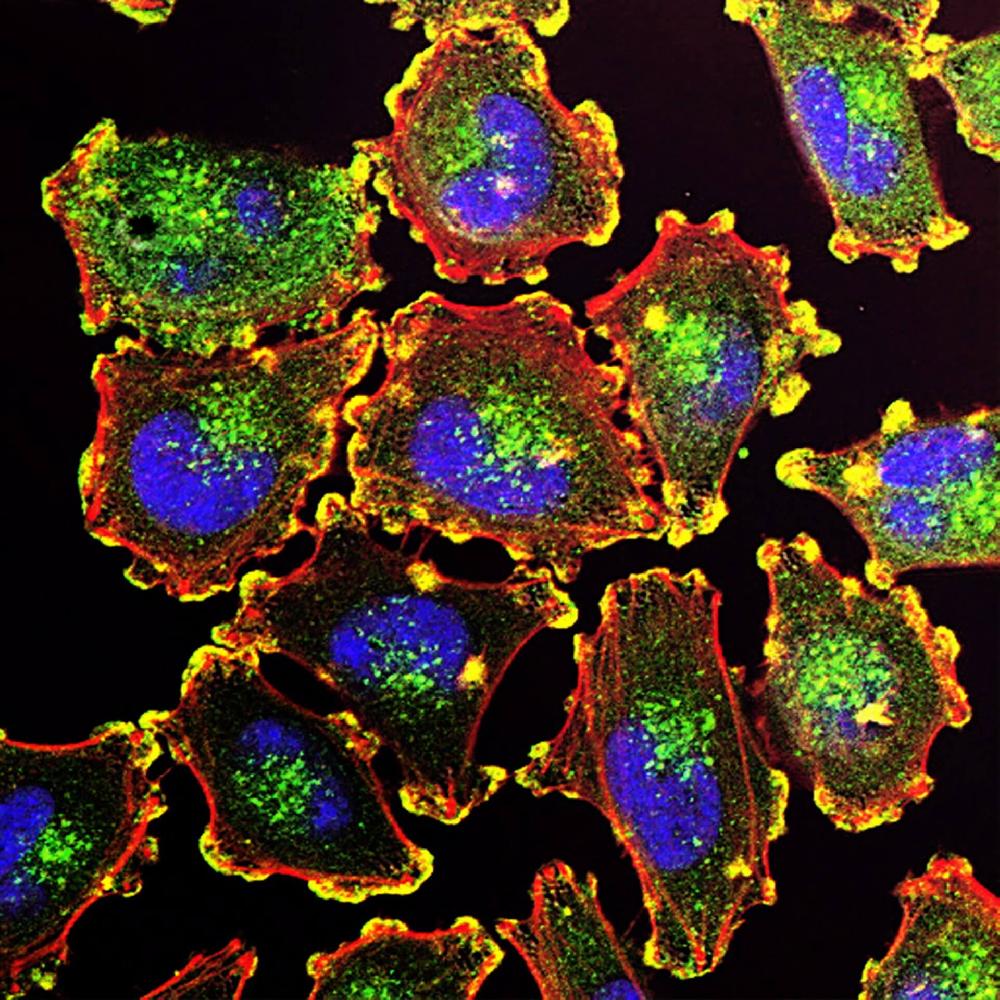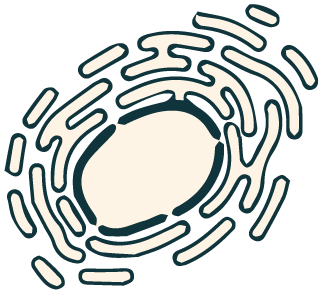This website uses cookies to ensure you get the best experience on our website.
- Table of Contents

Facts about Polyubiquitin-C.

Polyubiquitin chains, when attached to a target protein, have different functions depending on the Lys residue of the ubiquitin that is linked: Lys-6-linked may be involved in DNA repair; Lys-11-linked is involved in ERAD (endoplasmic reticulum-associated degradation) and in cell-cycle regulation; Lys-29-linked is involved in lysosomal degradation; Lys-33-linked is involved in kinase modification; Lys-48-linked is involved in protein degradation via the proteasome; Lys-63-linked is involved in endocytosis, DNA-damage responses as well as in signaling processes leading to activation of the transcription factor NF-kappa-B. Linear polymer chains formed via attachment by the initiator Met lead to cell signaling.
| Human | |
|---|---|
| Gene Name: | UBC |
| Uniprot: | P0CG48 |
| Entrez: | 7316 |

| Belongs to: |
|---|
| ubiquitin family |

ubiquitin C
Mass (kDA):
77.039 kDA

| Human | |
|---|---|
| Location: | 12q24.31 |
| Sequence: | 12; NC_000012.12 (124911646..124914650, complement) |
[Ubiquitin]: Cytoplasm. Nucleus.





Many laboratories have a strong tradition of using antibodies to detect a specific target. These antibodies, also known UBC Markers, offer many advantages over other antibody types. They can detect multiple targets simultaneously and can measure a specific target. The UBC Marker also offers many other useful functions. You can also view its history, development, and background.
saRNA is an mRNA that can target the UBC marker in cancer cells by modifying it in various ways. Typically, it is conjugated to a sugar molecule (lactose), a mannose ligand (mannose-6-phosphate), or both. In some cases, saRNA could be conjugated to more carbohydrate ligands than one, such as phosphorothioate. These cases the saRNA targets the liver's parenchymal cellular cells.
The present invention provides a double-stranded version of saRNA. The first strand consists of a sequence that is at minimum 80% complementary with the target anti-senseRNA transcript and a three-foot overhang of one up to five nucleotides. The second strand contains a sequence that forms an uniplex with the first.
Besides being double-stranded, the saRNA could also contain unpaired DNA at the 3’ end. The overhang is the result of the unpaired nucleotide in one of the strands of the mRNA. The number and types of unpaired nucleotides vary from one to ten. The longer, more complementary strand may contain 19 nucleotides.
Other than targeting hepatocytes with saRNA, other cell types can be reached by lipidoid based formulations. Lipoid-based saRNAs may have a higher molar ratio of 98N12-5, cholesterol, and PEG-DMG. SaRNA-containing formulations containing lipidoids are therefore effective in targeting liver cells.
In addition to delivering saRNA with dendrimers, saRNA of the present invention may also be complexed with saRNA-dendrimers. Dendrimers have a high level molecular uniformity, narrow molecularweight distribution, and highly functionalized surfaces. A series of steps is required to manufacture dendrimers. The process begins with a central initiator. Each successive growth step results in a new generation polymers with a higher molecular size and a higher molecular weight.
SaRNA is self-amplifying, unlike other RNAs. Its length can vary from 19 to 25 nucleotides. The strands of saRNA are complementary to each other, but the two halves may not match perfectly. The strands within saRNA can often be identical. The reverse complement is not a mismatch.
Besides being a highly efficient nucleotide delivery system, saRNA is also more biocompatible than conventional mRNA. Because of its unique structure, RNA can make multiple copies of itself and not be integrated into the host genome. Hence, saRNA is highly compatible for viral delivery and reduces dosage to achieve efficacy.
SaRNA of the present invention may be conjugated to another RNA or DNA aptamer. Aptamers are oligonucleotides and peptides that have specific three-dimensional shapes. They can be used to specifically bind to a target molecule. They can be engineered via exponential enrichment, or in vitro selective. Aptamers have a specific binding ability to molecules other that Watson-Crick base pair pairing.
The UBC Marker antibodies recognize a specific protein on monocytes. It is subdivided into three subsets based on their phenotypic and functional properties. They play different roles, including in inflammation and malignancy. These subsets are identified using monoclonal anti-CD14 and CD16 antibodies. A gate must be established that gradually increases the level of CD14 to detect intermediate and non-classical monoocytes. The UBC Marker also recognizes 6-sulfo LacNAc, which is found on dendritic-cell surfaces.
You've come to right place if you want to learn more about Steven Boster. Public records include his current address, past addresses, mobile numbers, email addresses, and phone numbers. He also had known relatives. You can even search for Steve Boster's history by state. By entering his age and state, you can narrow down your search. Afterward, you can also choose a particular person's name to see more information.
Steven Boster died on June 6, 2022. He was born Joliet in Illinois. He was a successful retailer sales manager for decades, and a U.S. Army vet. Boster was also a Concordia Hall of Staunton veteran. Boster has a niece and nephew in Lisa Milton.
PMID: 2988935 by Wiborg O., et al. The human ubiquitin multigene family: some genes contain multiple directly repeated ubiquitin coding sequences.
PMID: 9644242 by Kim N.S., et al. Cloning of human polyubiquitin cDNAs and a ubiquitin-binding assay involving its in vitro translation product.